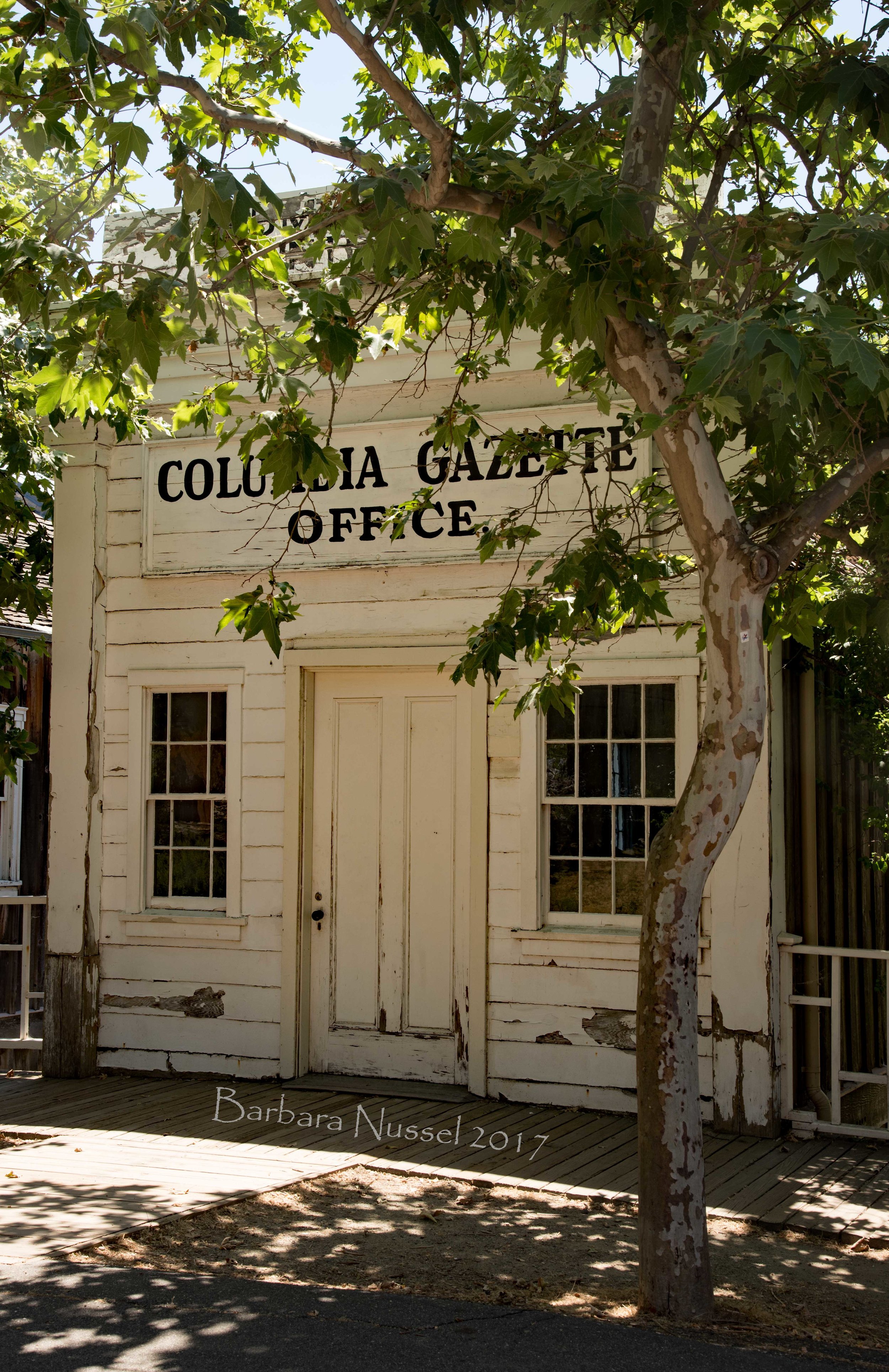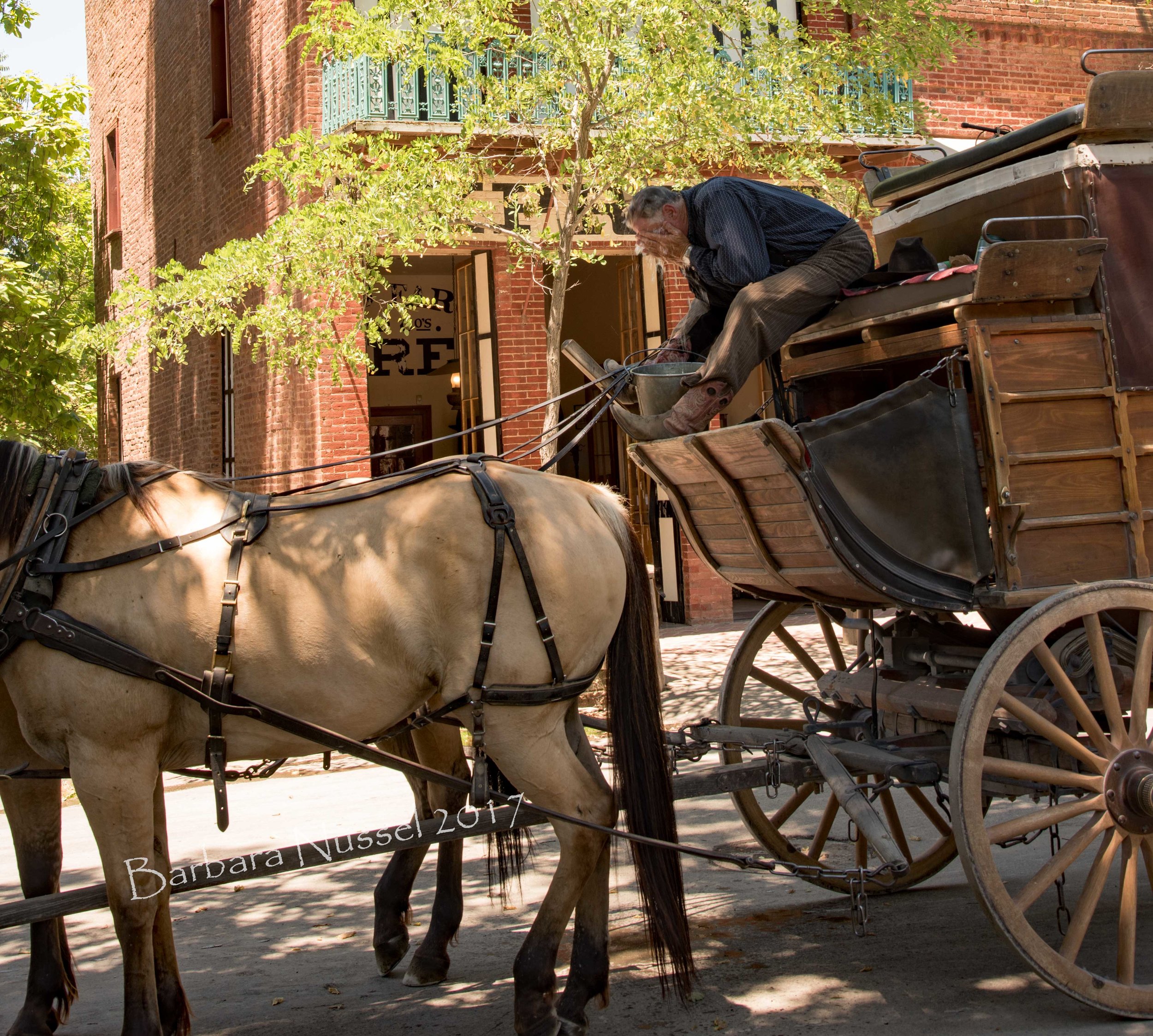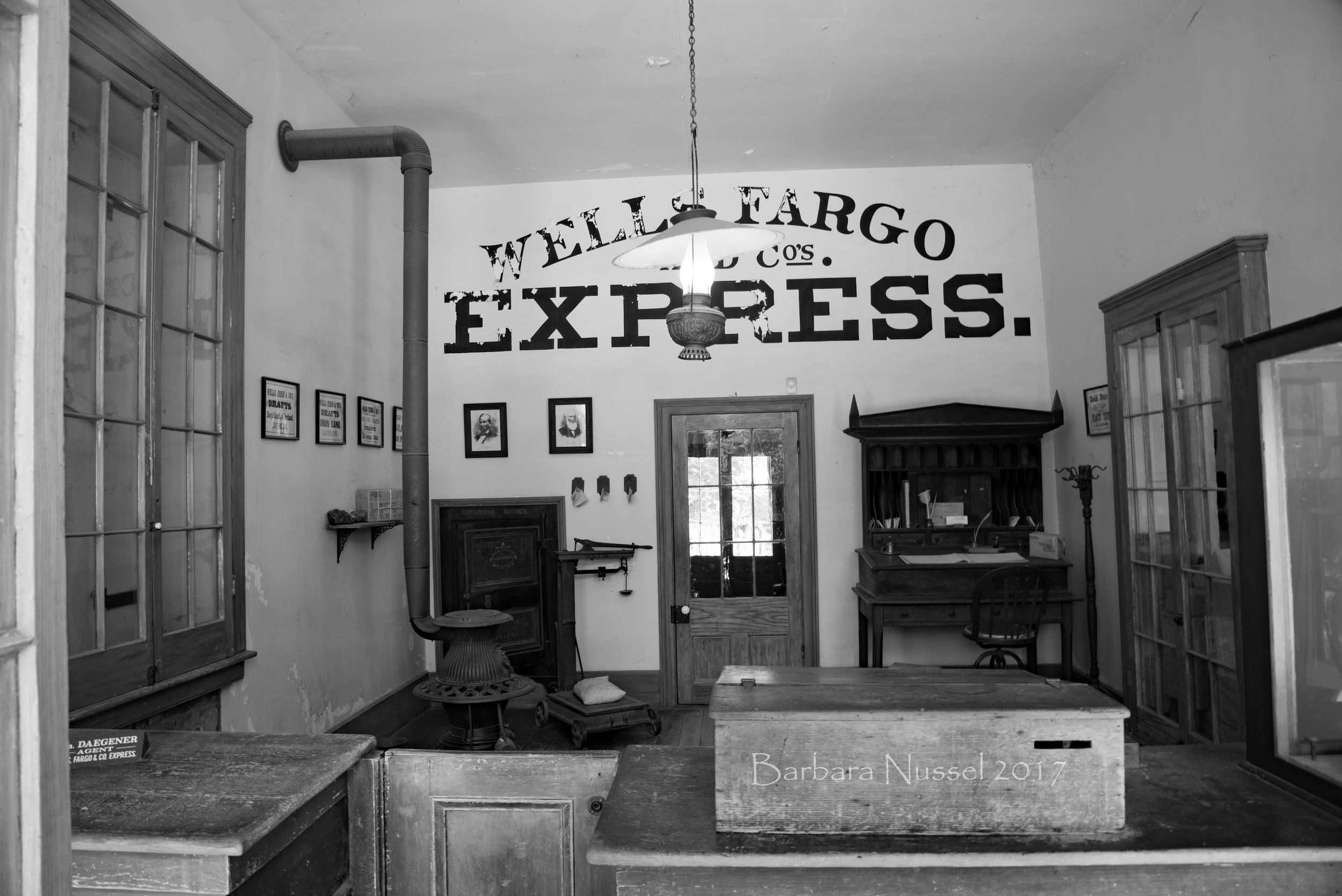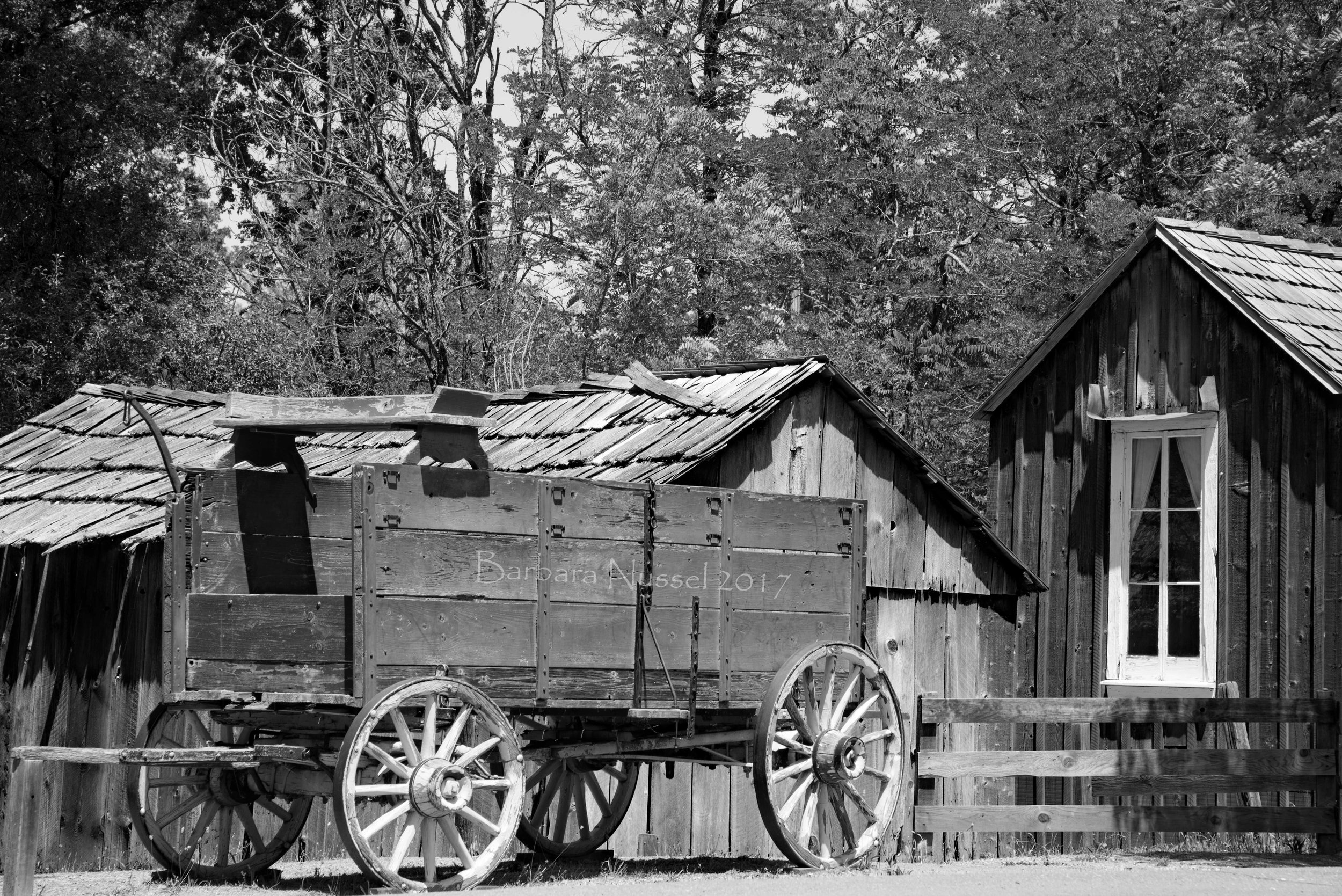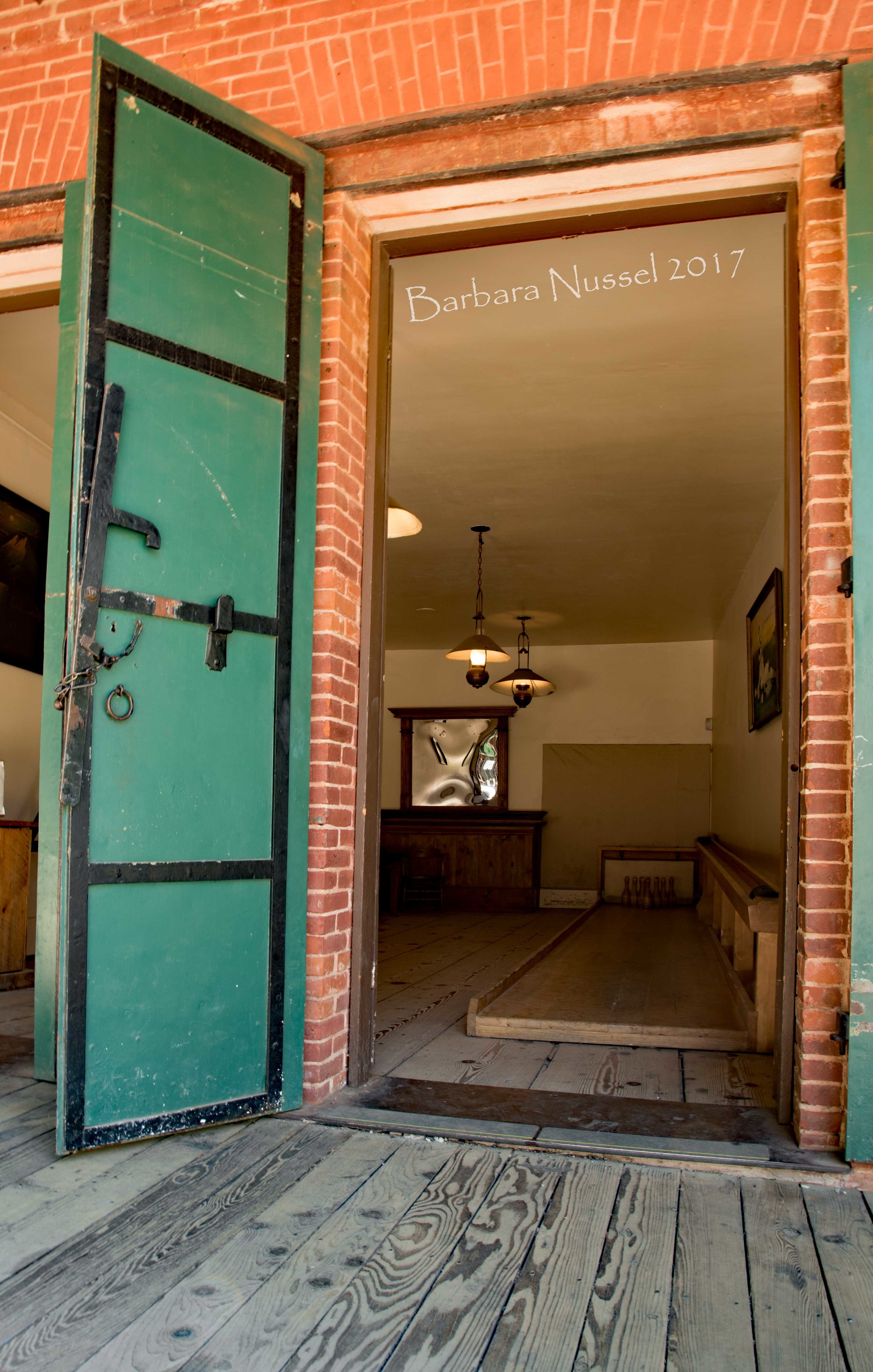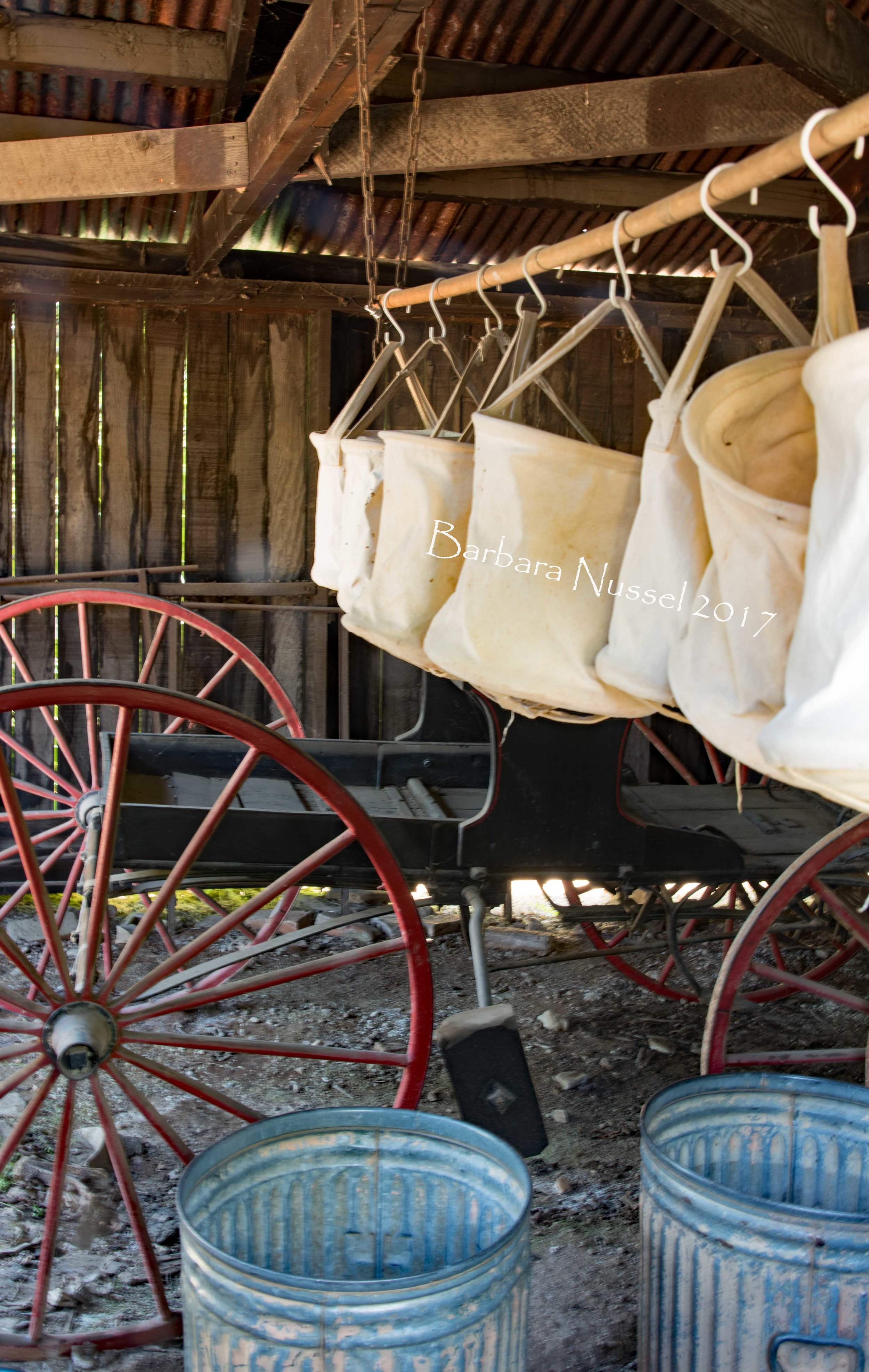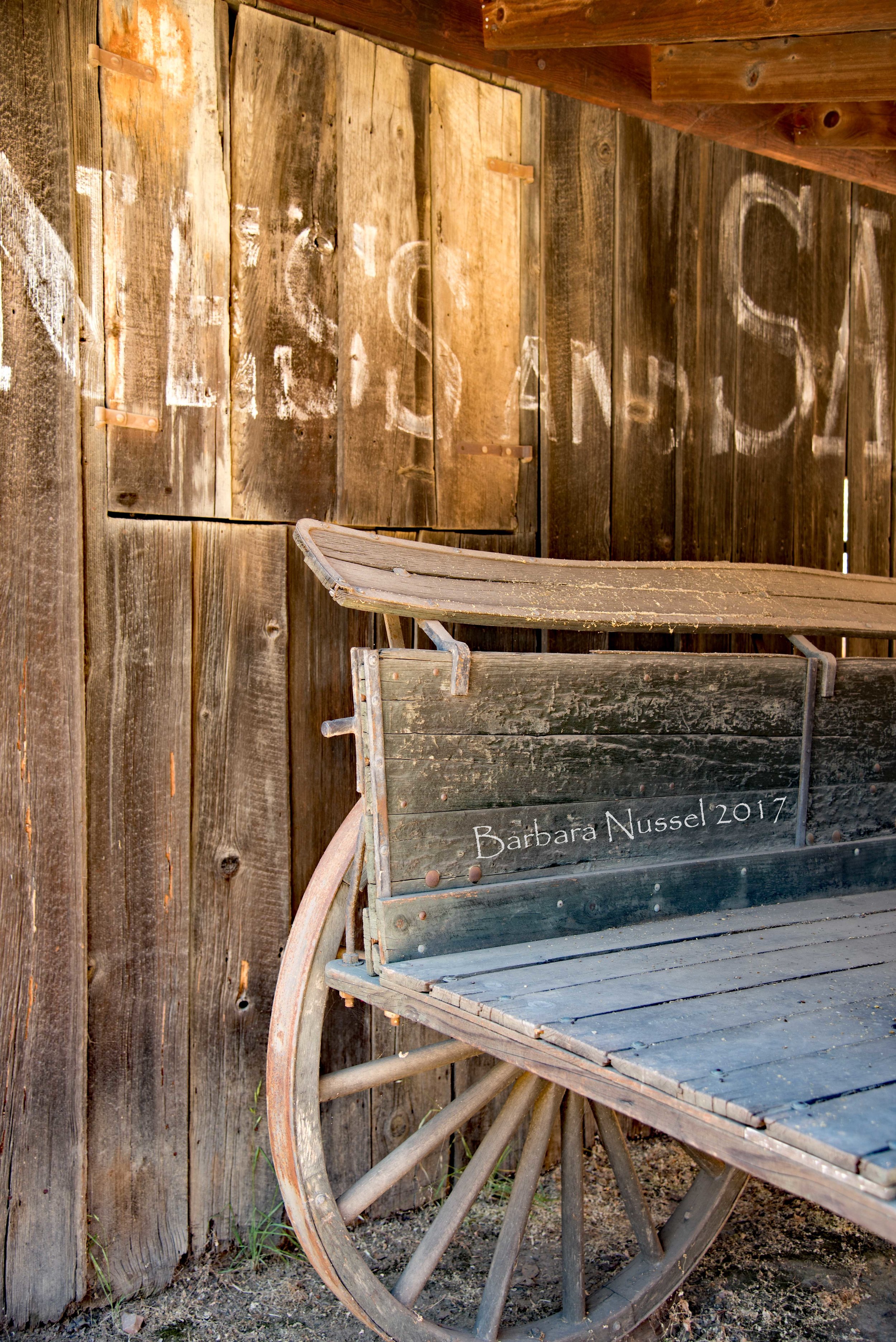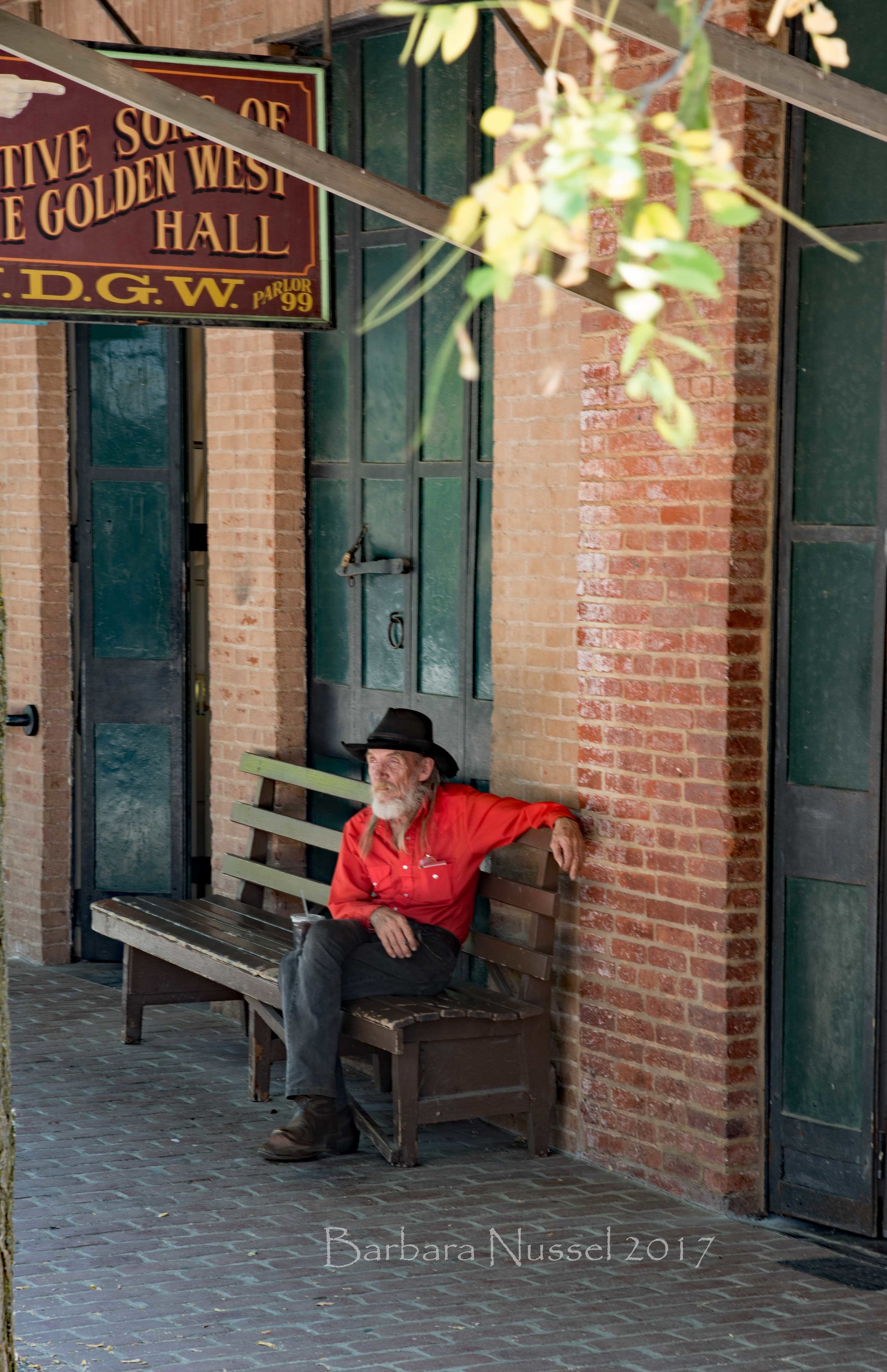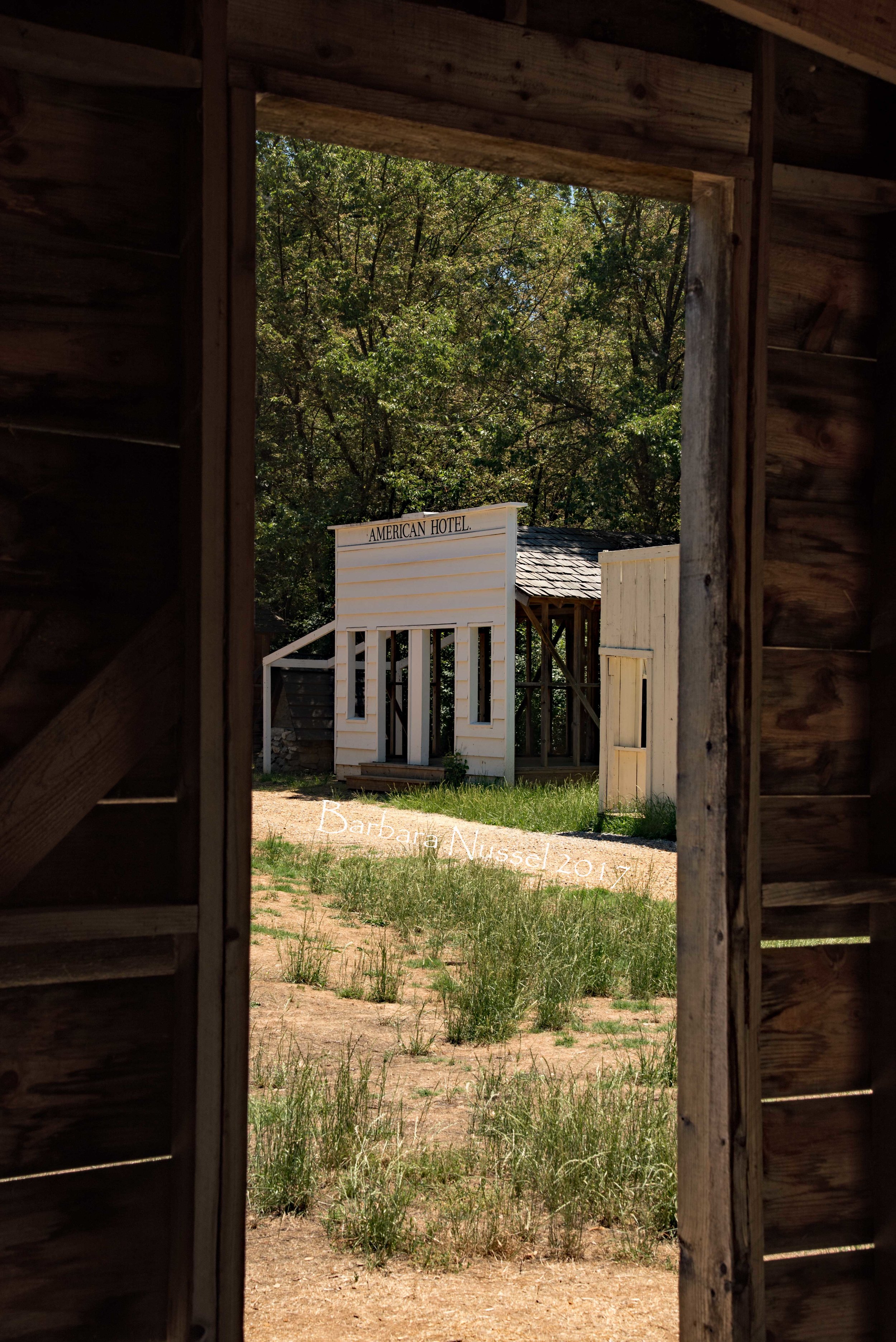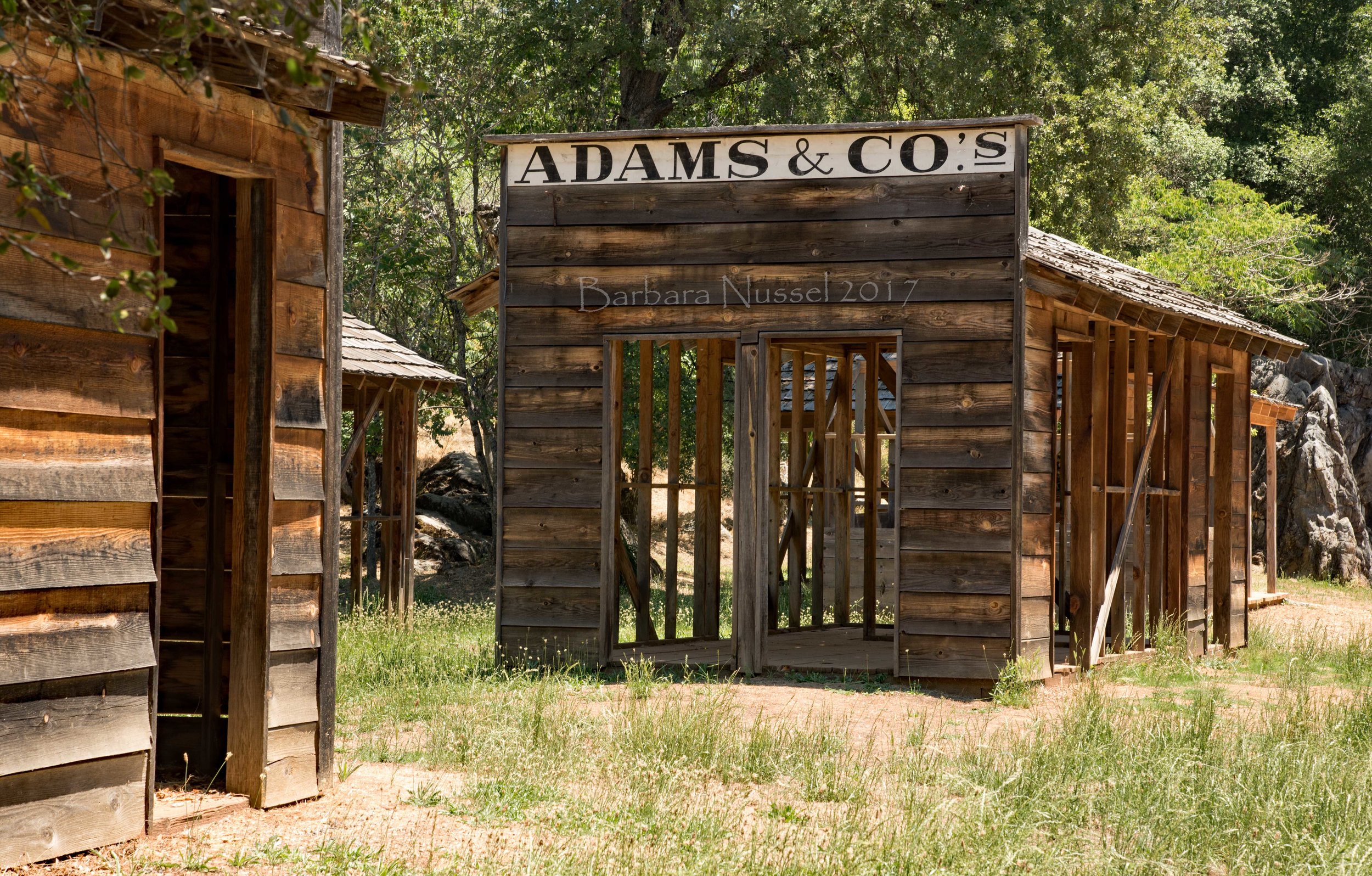Are you ready for another California road trip? Then let’s go! Follow me on my “Old, Older, Ancient” road trip.
We will explore old towns in the rolling hills of the western Sierra Nevada, California’s Gold Country, before crossing over still snow-covered Sonora Pass. In the Eastern Sierra we will connect to our previous road trip and explore some of the older, some of the ancient sites, which we by-passed on our earlier road trip.
Heading east on Hwy 120, the covered bridge at Knights Ferry is a good first stop. It’s a popular recreation area on the Stanislaus River and can get quite busy, and, unfortunately, trashed, on holiday weekends. But stop here during the week, and you might enjoy a quiet sunset along the river. After the very rainy winter of 2016/17, the water level of the Stanislaus River was high, and gave an appreciation of how the original toll bridge, built in 1852 to replace the ferry, was destroyed by the “Great Flood of 1862”. A new covered bridge was built at a higher level than the previous one, and it’s the one which still stands today. The covered bridge at Knights Ferry is the longest covered bridge west of the Mississippi at 330 feet (100 m) in length. It was open for car traffic until 1985.
From Knights Ferry it’s only a short drive to the historic town of Sonora. Having explored this charming town in the past, I just passed through on my way to Columbia, another old gold rush era town along Hwy 49. Columbia was once known as the "Gem of the Southern Mines." Between the 1850s and 1870s over one billion dollars in gold (at today's value) was mined in the area. For a time, Columbia was the second largest city in California. Like many of these old mining towns, Columbia was devastated by fire a number of times. After a fire in 1854 destroyed most of it's central business district, the buildings were rebuilt using brick and iron doors and shutters for additional fire protection. Another fire three years later destroyed more wood frame buildings. The town's decline started in the 1860's when the easily mined placer gold was gone, but unlike many other settlements that disappeared due to fire, vandalism and time, Columbia survived. It was never completely deserted. In 1945 the State Legislature made the site a State Historic Park (SHP) in order to preserve a typical Gold Rush town. It was declared a National Historic Landmark in 1961.
Wandering around downtown Columbia, I couldn’t help but think that it would make for a perfect movie set. And, indeed, Columbia State Historic Park has been used as a shooting location for movies. The classic Western “High Noon”, starring Gary Cooper, includes scenes filmed in 1952 in and around Columbia.
To be continued in Part II of “Old, Older, Ancient” – A California Road Trip


